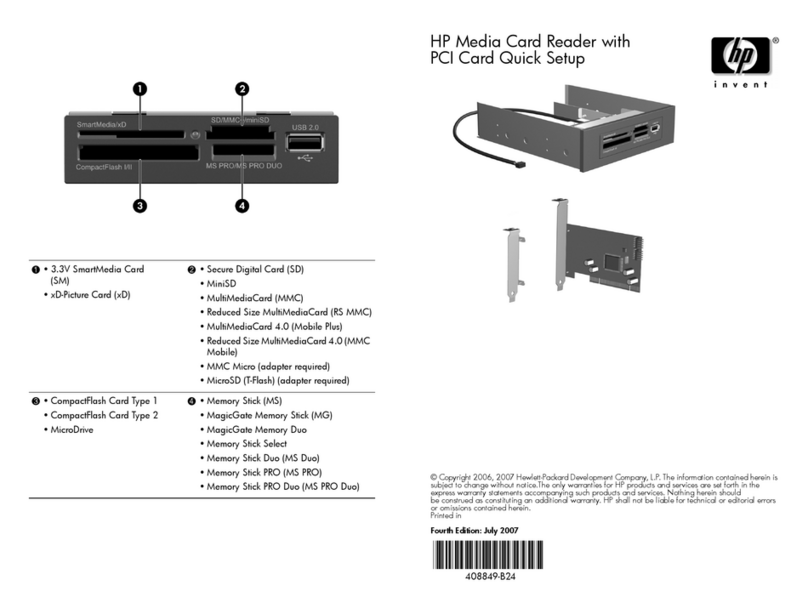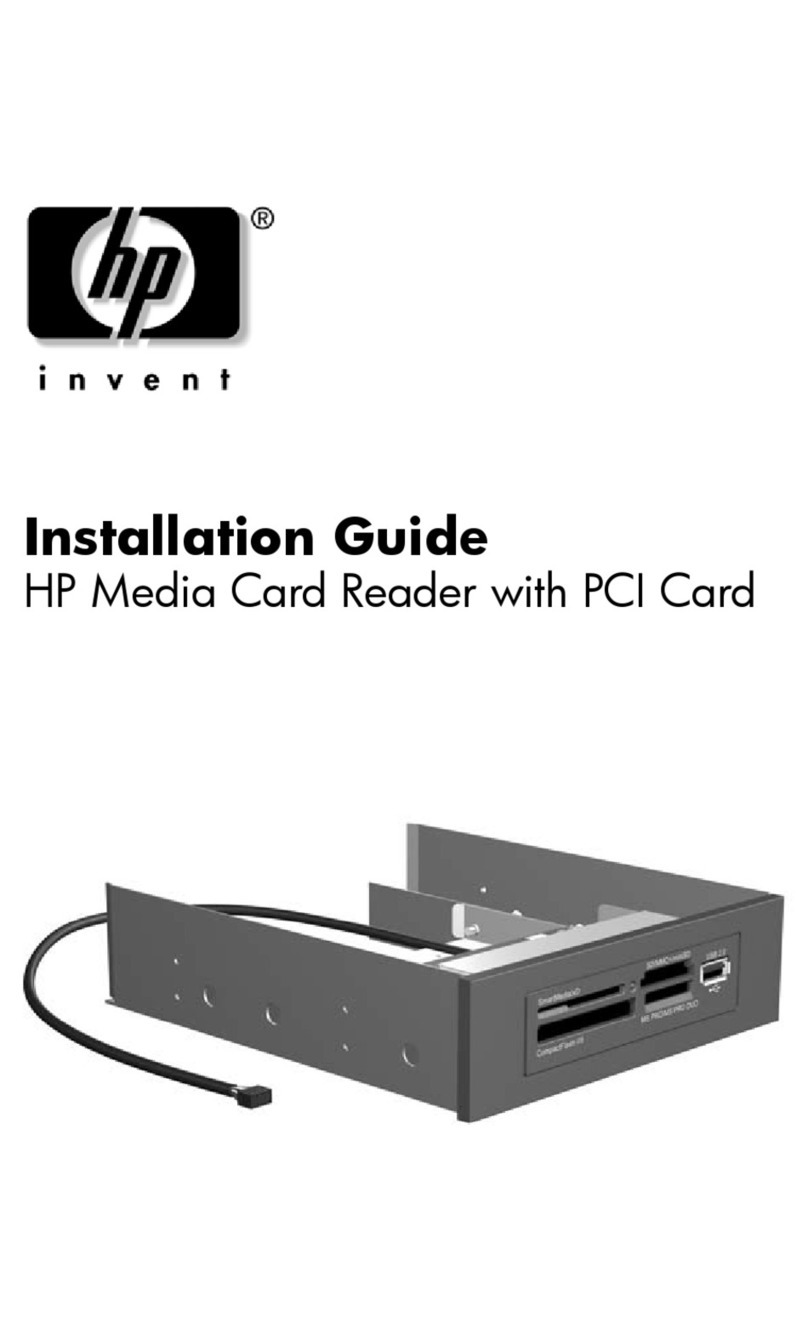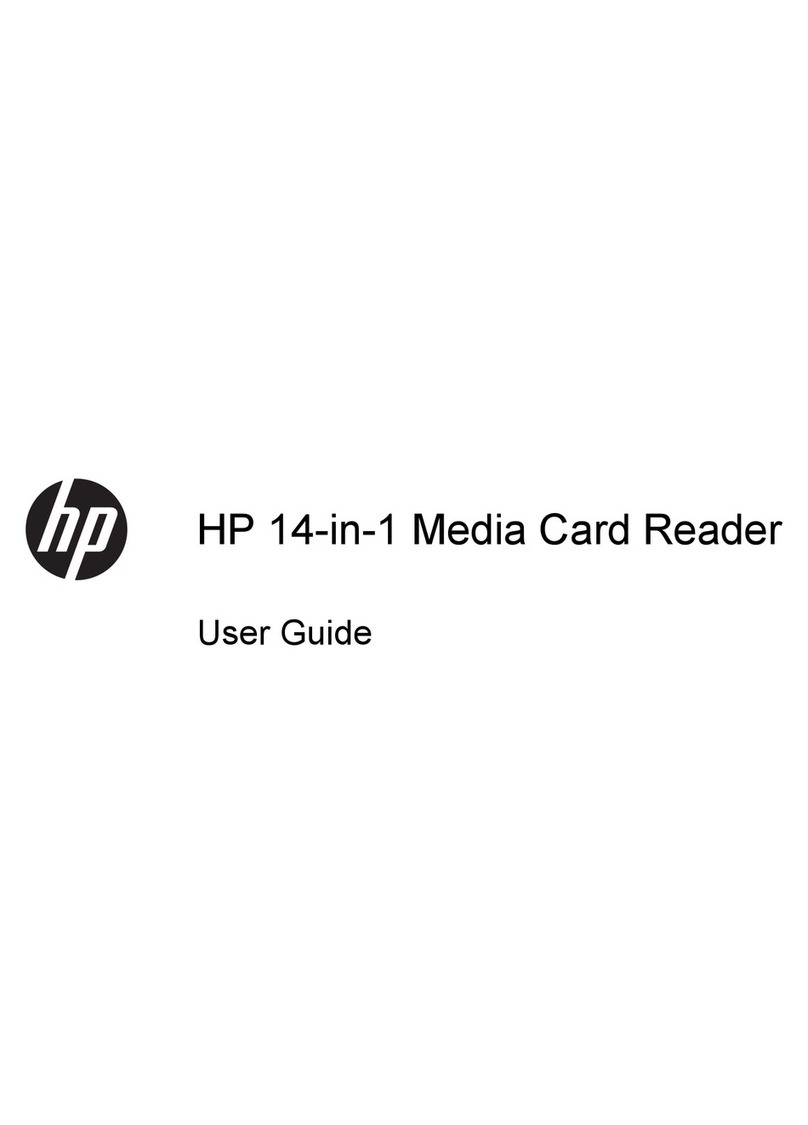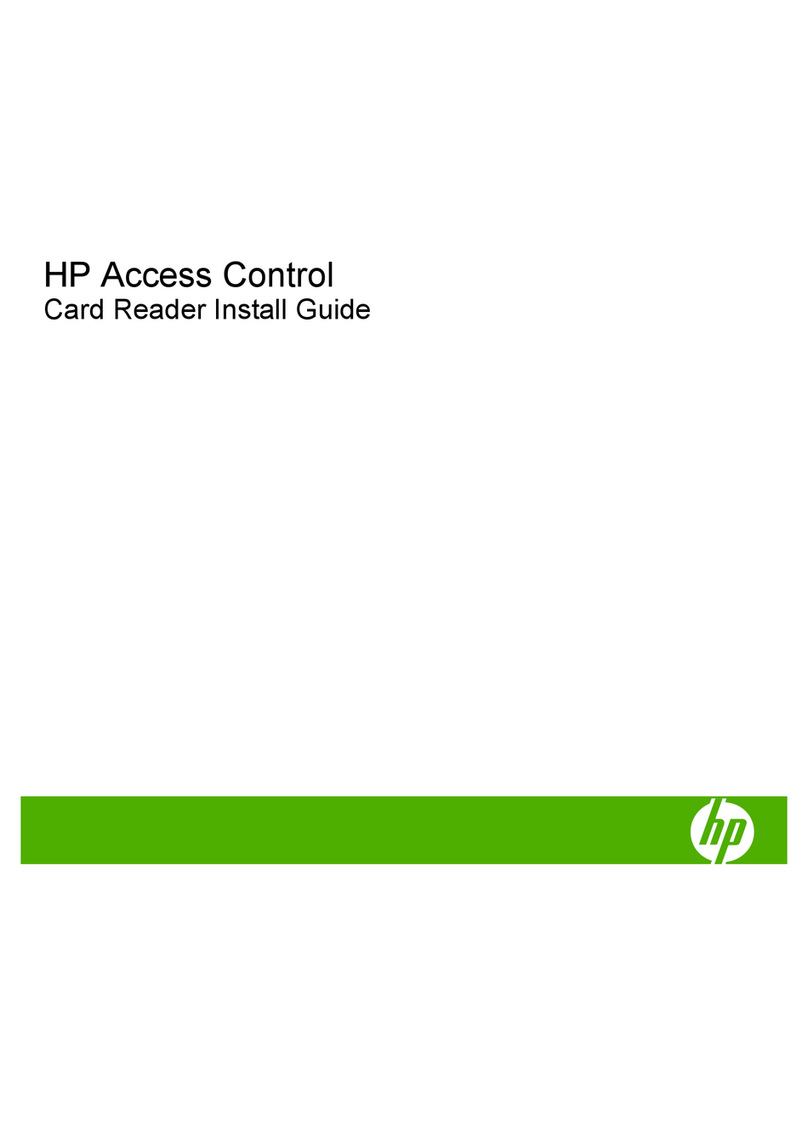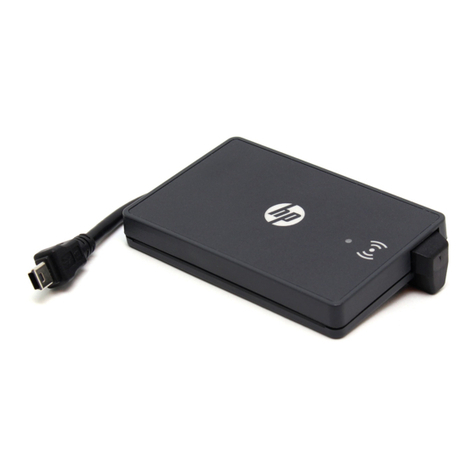
Contents
Section
1:
Using
the
HP
82104A Card
Reader
......................
5
Battery
Power
...
..
.
5
Plugginginthe
Card
Reader
................................
6
Removing
the
Card
Reader
.................................
7
Section
2:
Card
Reader
Operations
..............c.coivuuiennennn.n.
9
Magnetic
Cards
.
.............
.
9
Protecting
(Clipping)
Cards
..
...,
..
10
Marking
Cards
.
.............
i
11
Program
Card
Operations
.
.................coiiiiieeenooni..
11
Writing
a
Program
OntoaCard
.
...........................
11
Writing
Programs
on
Clipped
(Protected)
Cards
.............
13
Writing
a
Private
Program
Card
.
...........................
13
Reading
a
Program
FromaCard
..........................
14
Reading
Subroutines
............
.
...
...
...
...
16
Reading
Private
Program
Cards
.........................
18
Merging
Programs
.............
...
..
19
Automatic
Execution
.
.........
...
20
Data
Card
Operations
................ccouiiiiiiiiaanannnni.
21
WritingDataOntoaCard
.................................
21
Writing
Data
Onto
Clipped
(Protected)
Cards
................
23
Reading
Data
From
Cards
..................
...
...........
23
Status
Card
Operations
.
...,
.
26
Writing
Status
Cards
..............
...
...
..
26
Reading
Status
Cards
.
...................................
27
“Write-All”
Card
Operations
...............
...
28
Writing
All
Information
in
the
HP-41CtoCards
..............
28
Reading
the
“Write-All"
Cards
.............................
29
Verifying
Cards
.
...
29
Executing
Programs
Containing
Card
Reader
Functions
........
31
Section
3:
HP-67/HP-97
Compatability.............................
35
Reading
HP-67/HP-97
Program
Cards
.......................
35
Executing
HP-67/HP-97
Card
Programs
....................
36
Storage
Register
Compatibility
.
............................
37
Program
Length
.......
...
...
..
.
38
Reading
HP-67/HP-97
DataCards
..
.........................
39
2






